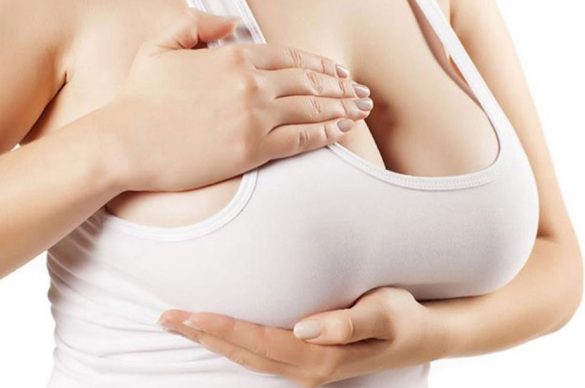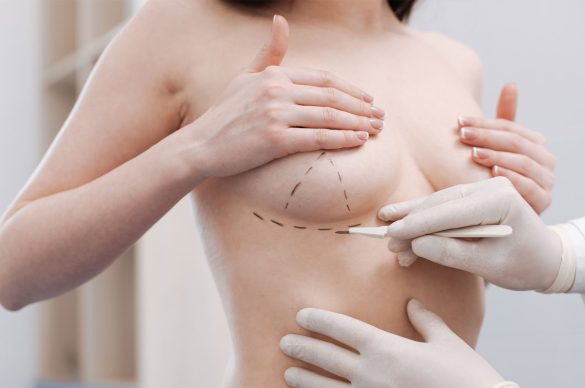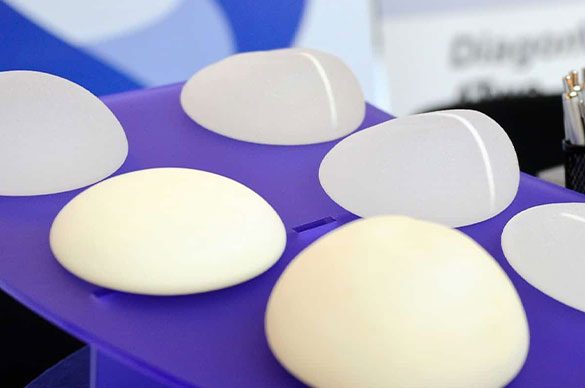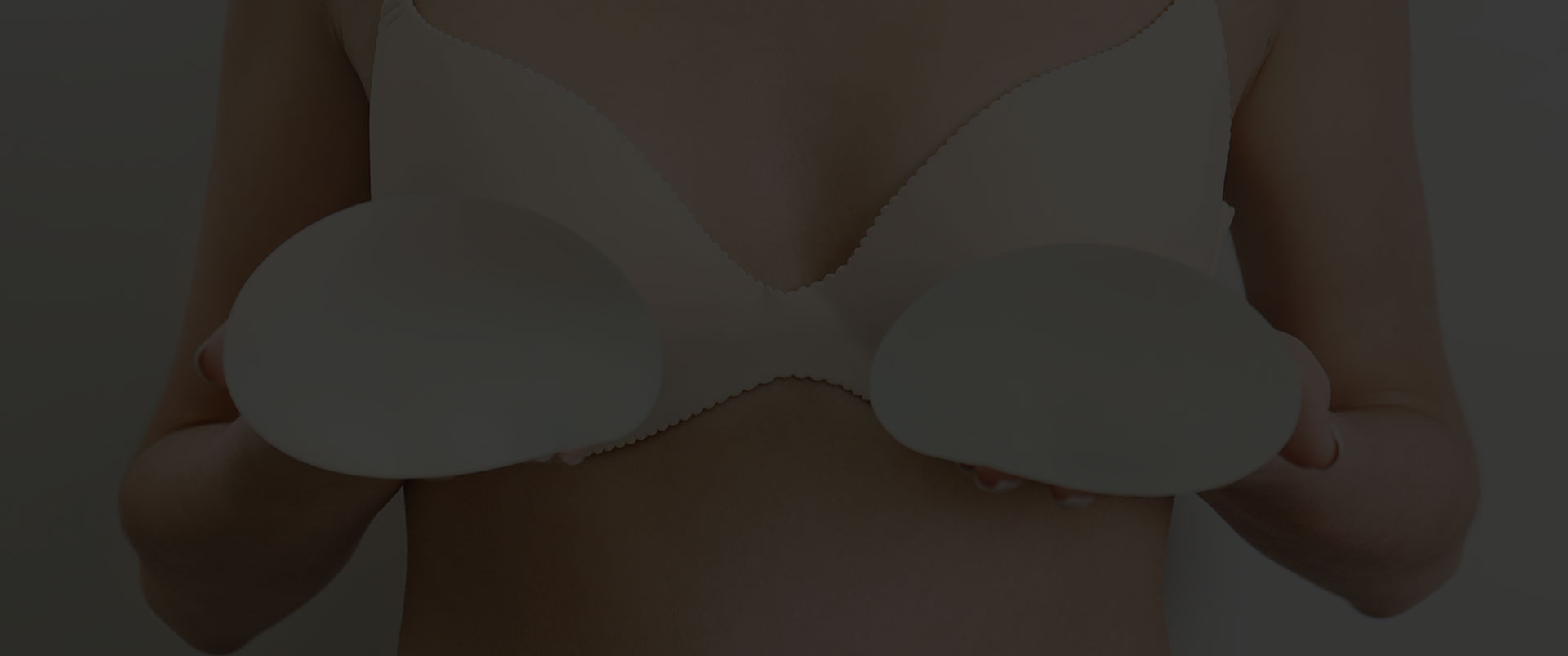What Is
Breast Reduction Aesthetics?
Breast reduction, also known as reduction mammoplasty, is a surgical procedure designed to reduce the size and weight of overly large breasts, improving their appearance and providing relief from physical discomfort. Breast reduction in Turkey has become a popular choice for individuals seeking high-quality care, skilled surgeons, and affordable prices.
Overly large breasts can cause various issues, including physical discomfort, pain, posture problems, and emotional distress. Breast reduction surgery aims to address these concerns by removing excess breast tissue, fat, and skin, reshaping the breasts, and lifting them to a more aesthetically pleasing position. The procedure can also resize and reposition the areola, if necessary.

Breast reduction in Turkey offers several advantages, including:
Skilled surgeons
Turkey is home to many experienced, board-certified plastic surgeons who specialize in breast reduction surgery, ensuring that patients receive the best possible care and results.
State-of-the-art facilities
Turkey’s medical tourism industry boasts modern clinics and hospitals equipped with the latest technology and adhering to international standards of care.
Affordable prices
Due to lower operational costs and competitive pricing, breast reduction surgery in Turkey can be more affordable compared to many European countries and the United States, without compromising on quality.
Recovery in a beautiful setting
Turkey’s rich history, culture, and stunning landscapes make it an attractive destination for patients to recover and enjoy some relaxation after their procedure.
When considering breast reduction surgery in Turkey, it is essential to research and choose a reputable clinic and surgeon. Opting for a board-certified plastic surgeon with experience in breast reduction helps ensure a safe procedure and optimal results. In addition, patients should inquire about the complete cost breakdown, including any additional fees for anesthesia, post-operative care, and potential follow-up consultations.

Why Is
Breast Reduction Aesthetics Performed?
Breast reduction aesthetics, or reduction mammoplasty, is performed for several reasons, aiming to address both physical and emotional concerns related to overly large breasts. Some of the primary motivations for undergoing breast reduction surgery include:
- Relief from physical discomfort: Overly large breasts can cause various physical issues such as neck, back, and shoulder pain, as well as skin irritation and rashes beneath the breast crease. Breast reduction surgery can alleviate this discomfort by reducing the size and weight of the breasts.
- Improved posture and reduced strain: Large breasts can lead to poor posture and strain on the spine, contributing to chronic pain and discomfort. Breast reduction can help improve posture by reducing the weight of the breasts and promoting a more balanced body alignment.
- Enhanced self-esteem and confidence: Overly large breasts can cause emotional distress, self-consciousness, and negative body image. Breast reduction surgery can help individuals feel more confident and comfortable in their bodies by achieving a more proportionate and balanced figure.
- Increased ability to participate in physical activities: Large breasts can make it challenging to engage in certain physical activities and sports due to discomfort, restricted movement, and pain. By reducing breast size, breast reduction surgery can make it easier for individuals to lead an active lifestyle and participate in various physical activities.
- Clothing fit and comfort: Finding clothing that fits and looks flattering can be difficult for those with overly large breasts. Breast reduction surgery can help individuals find a wider variety of clothing options that fit comfortably and look good on their bodies.
Overall, breast reduction aesthetics is performed to improve the patient’s quality of life by addressing the physical and emotional concerns associated with large breasts. By reducing the size and weight of the breasts, patients can experience relief from physical discomfort, improved self-esteem, and greater freedom to engage in physical activities and wear the clothing they desire.
Who Are
Suitable for Breast Reduction Aesthetics?
Suitable candidates for breast reduction aesthetics, including those considering the procedure in Turkey, are individuals who meet specific criteria to ensure the best possible outcome and a safe recovery. Ideal candidates for breast reduction surgery include those who:
- Are physically healthy: Good overall health is essential for any surgical procedure, including breast reduction. Being in good health helps ensure proper healing and recovery.
- Experience discomfort, pain, or physical limitations due to large breasts: Individuals who suffer from neck, back, or shoulder pain, skin irritation, or limitations in physical activities due to the size and weight of their breasts may benefit from breast reduction surgery.
- Have fully developed breasts: Breast reduction should only be performed on individuals with fully developed breasts, typically achieved by late adolescence or early adulthood. This ensures that the procedure does not interfere with any ongoing breast development.
- Have realistic expectations: It is crucial for candidates to have a clear understanding of what can and cannot be achieved through breast reduction surgery. While the procedure can significantly improve the appearance and comfort of the breasts, it is essential to maintain realistic expectations about the outcome.
- Are not pregnant or breastfeeding: Breast reduction should not be performed on individuals who are pregnant or currently breastfeeding, as it can potentially affect the procedure’s outcome and safety.
- Are non-smokers or willing to quit smoking: Smoking can negatively impact the healing process and increase the risk of complications. Candidates for breast reduction should ideally be non-smokers or willing to quit smoking before and after the surgery.

By meeting these criteria, individuals can increase their chances of achieving a successful outcome and minimize the risks associated with breast reduction aesthetics. Breast reduction in Turkey offers high-quality medical care, affordable prices, and skilled surgeons, making it an attractive destination for those seeking this procedure. It is essential to consult with a qualified and experienced plastic surgeon to determine whether you are an ideal candidate for breast reduction surgery.
What Are
the Types of Breast Reduction Aesthetics?
There are several techniques used in breast reduction aesthetics, and the choice of method depends on factors such as the patient’s breast size and shape, the amount of reduction desired, and the surgeon’s preference. Some common types of breast reduction techniques include:
Traditional or Inverted-T Breast Reduction
Also known as the anchor technique or Wise pattern reduction, this method involves making an anchor-shaped incision around the areola, vertically down the breast, and horizontally along the breast crease. This technique allows for the removal of a significant amount of breast tissue and skin, making it suitable for individuals with large breasts and significant sagging. The surgeon reshapes the remaining tissue, repositions the nipple and areola, and closes the incisions.
Vertical or Lollipop Breast Reduction
This technique involves making an incision around the areola and vertically down the breast, resembling a lollipop shape. The vertical reduction is suitable for individuals with moderate breast size and sagging. It allows for less scarring compared to the traditional method, but the amount of tissue removal and reshaping may be limited.
Liposuction-assisted Breast Reduction
In some cases, liposuction can be used alone or in combination with other techniques to remove excess fat from the breasts, resulting in a smaller and more proportionate size. This method is generally suitable for individuals with minimal sagging and more fatty tissue than glandular tissue in their breasts. It results in less scarring and a shorter recovery time compared to other techniques but may not address significant sagging or excess skin.
Scarless Breast Reduction
This method primarily uses liposuction through small incisions to remove excess fat and glandular tissue. It is best suited for individuals with good skin elasticity and minimal sagging, as it does not involve removing excess skin or reshaping the breast tissue to the same extent as other techniques. As the name suggests, it results in minimal scarring.
The choice of breast reduction technique depends on factors such as the patient’s breast size, shape, and desired outcome, as well as the surgeon’s expertise and preference. It is essential to consult with a qualified plastic surgeon to discuss the best approach for your individual needs and goals. They will consider your unique situation and recommend the most suitable technique to achieve optimal results while minimizing scarring and ensuring a safe recovery.
Breast Reduction
Cost in Turkey
Breast reduction costs in Turkey can vary depending on several factors, such as the surgical technique used, the expertise of the surgeon, the location of the clinic, and the overall package provided by the medical tourism agency or hospital. Turkey has become a popular destination for cosmetic procedures like breast reduction due to its high-quality care, skilled surgeons, and more affordable prices compared to many European countries and the United States.
The cost of breast reduction surgery in Turkey may range from approximately $2,500 to $5,000. It is important to note that these figures are general estimates and can vary based on individual circumstances. In comparison to the costs in many European countries and the United States, Turkey offers competitive pricing for breast reduction procedures.
When considering breast reduction surgery in Turkey, it is crucial to research and choose a reputable clinic and surgeon. Opting for a board-certified plastic surgeon with experience in breast reduction helps ensure a safe procedure and optimal results. In addition, it is advisable to inquire about the complete cost breakdown, including any additional fees for anesthesia, post-operative care, and potential follow-up consultations.
Ultimately, while cost is an essential factor when deciding on breast reduction surgery, the quality of care and the surgeon’s experience should also be top priorities to ensure a successful outcome and minimize potential risks.

Breast Reduction
Procedure
The breast reduction procedure, also known as reduction mammoplasty, is performed under general anesthesia and typically takes around 2 to 4 hours, depending on the technique used and the extent of the reduction. The surgery involves several steps, which can be summarized as follows:
- Anesthesia: The procedure begins with the administration of general anesthesia to ensure patient comfort and safety during the surgery.
- Incisions: The surgeon makes incisions on the breasts based on the chosen technique. Common techniques include the traditional (inverted-T or anchor), vertical (lollipop), and liposuction-assisted methods. The choice of technique depends on factors such as the patient’s breast size, degree of sagging, and desired outcome.
- Removal of tissue and reshaping: The surgeon removes excess breast tissue, fat, and skin to reduce the breast size. They may also use liposuction to remove additional fatty tissue. After removing the excess tissue, the surgeon reshapes the remaining breast tissue to create a more aesthetically pleasing and proportionate breast contour.
- Nipple and areola repositioning: The nipple and areola may need to be repositioned to achieve a natural appearance. In some cases, the areola size may also be reduced. The surgeon takes care to preserve the blood supply and sensation in the nipple-areola complex during this process.
- Closing the incisions: Once the desired breast size and shape have been achieved, the surgeon closes the incisions using sutures, skin adhesives, or surgical tape. The incisions are typically made in such a way that the resulting scars will be concealed within the natural breast contours and creases.
- Recovery: After the procedure, the patient is taken to a recovery room to be closely monitored as they awaken from anesthesia. The breasts are usually wrapped in a surgical dressing or a compression garment to minimize swelling and support the healing process. Drains may be placed temporarily to remove excess fluid.
Post-operative care is essential for a smooth recovery. Patients should follow their surgeon’s instructions regarding wound care, pain management, and activity restrictions. Swelling and discomfort are expected initially but should subside over time. Most patients can return to work and light activities within 1 to 2 weeks, although strenuous activities should be avoided for 4 to 6 weeks or as directed by the surgeon.
It is important to have realistic expectations regarding the outcome of breast reduction surgery and to understand that it may take several months for the final results to become apparent as the breasts settle into their new shape and size.
Breast Reduction
Surgery Risks
As with any surgical procedure, breast reduction surgery carries some risks and potential complications. Although these risks are generally rare, it is essential to be aware of them before undergoing the procedure. Some potential risks associated with breast reduction surgery include:
- Bleeding: Excessive bleeding during or after surgery is a possible risk. In some cases, a blood transfusion may be required if bleeding is severe.
- Infection: Infections can occur at the incision sites, although they are typically rare and can be treated with antibiotics if detected early.
- Scarring: Scarring is an inevitable part of any surgery, and breast reduction is no exception. However, skilled surgeons can minimize scarring by placing incisions in less visible areas, such as along the natural breast contours.
- Changes in nipple or breast sensation: Temporary or permanent changes in nipple or breast sensation can occur due to nerve damage during the surgery. Most patients experience a return of sensation over time, but in some cases, the changes may be permanent.
- Asymmetry: There may be slight differences in the size and shape of the breasts after surgery. While some degree of asymmetry is natural, significant differences may require additional surgery to correct.
- Difficulty or inability to breastfeed: Breast reduction surgery may affect the ability to breastfeed, as milk ducts and glands may be removed or disrupted during the procedure. It is essential to discuss this concern with your surgeon before the surgery if breastfeeding is a priority for you.
- Anesthesia risks: As with any surgery performed under general anesthesia, there is a risk of complications related to anesthesia, including allergic reactions or problems with breathing.
- Blood clots: There is a risk of developing blood clots in the legs (deep vein thrombosis) or lungs (pulmonary embolism) after surgery, although this risk is relatively low.
- Poor wound healing: In some cases, the incisions may not heal properly, resulting in thickened or widened scars, or even wound separation. This may require additional treatment or surgery to correct.
- Fat necrosis: This occurs when the blood supply to the fatty tissue in the breast is disrupted, causing the fat to die and form firm lumps. Fat necrosis may resolve on its own, or it may require additional treatment.
To minimize these risks, it is crucial to choose an experienced, board-certified plastic surgeon who specializes in breast reduction surgery. Following your surgeon’s pre- and post-operative instructions carefully can also help reduce the risk of complications and promote a smooth recovery. It is essential to maintain open communication with your surgeon and report any concerns or issues that may arise during the recovery process.





